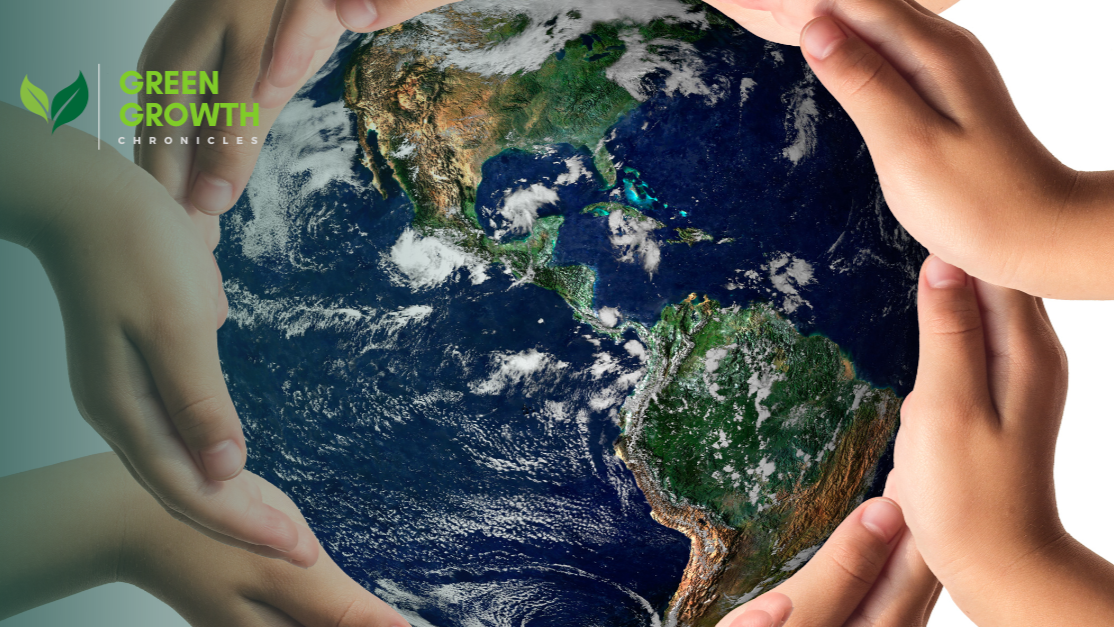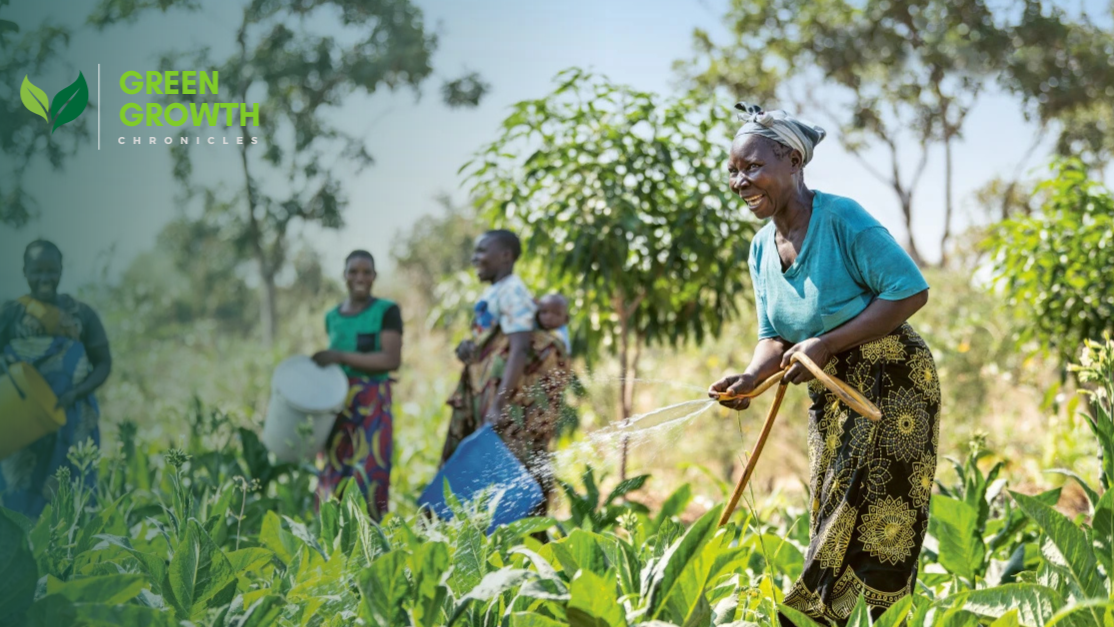April is International Earth Month, with Earth Day celebrated globally on April 22. It serves as a powerful reminder that climate change is a global challenge, but what we do as individuals matters.
And the truth is EVERYONEof us can be a changemaker.
The way we consume energy, food, and resources directly influences the planet’s future. While large-scale policies and corporate shifts are essential, everyday decisions, what we buy, how we travel, and the energy we use, shape climate outcomes in significant ways.
Small actions, when multiplied, create transformative change that will affect our future.
According to the United Nations Environment Programme (UNEP), household consumption accounts for nearly two-thirds of global greenhouse gas emissions. Simple choices, such as reducing food waste, adopting sustainable transportation, and conserving energy, can collectively contribute to meeting international climate goals. Behavioral shifts, when supported by strong policies and corporate responsibility, accelerate progress toward carbon neutrality and environmental sustainability.
A study by the European Commission found that if every household in the EU made sustainable choices in energy use, diet, and consumption patterns, emissions could be reduced by 25%—highlighting the power of individual contributions to systemic change.
25 Simple Everyday Actions You Can Take to Keep the Earth Safe: for Everyone Anywhere

- Switch off lights, fans, and appliances when not in use
- Unplug chargers and electronics to save energy
- Use natural light whenever possible
- Carry a reusable water bottle and shopping bag
- Avoid plastic straws and utensils; opt for reusable ones
- Choose products with minimal or biodegradable packaging
- Try a ‘Meatless Monday’ or eat more vegetables and grains
- Reduce food waste by planning meals and using leftovers creatively
- Support local farmers and markets when buying food
- Take shorter showers and turn off taps while brushing teeth
- Walk, bike, or use public transport when possible
- Carpool with friends or family to reduce fuel consumption
- If driving, maintain your vehicle to improve fuel efficiency
- Sort waste into recyclables, compost, and trash
- Donate or repurpose clothes, furniture, and electronics
- Get creative with DIY upcycling projects
- Buy from companies that prioritize sustainability
- Choose second-hand or ethically produced clothing
- Look for energy-efficient labels on appliances
- Plant a tree in your yard or community
- Talk to friends and family about climate-friendly habits
- Share information on social media
- Participate in cleanups and other environmental projects
- Commit to one new eco-friendly habit each month
- Inspire others by leading by example
Bonus: Celebrate Earth Day Every Day
I already do some of these things, like using reusable bags, reducing food waste by planning meals, and supporting local markets.
How about you? Which of these do you already do? Let me know in the comment!
Each action counts. This Earth Day, let’s commit to choices that protect the planet not just for now but for generations to come.
Until next time,
Here are more resources on how to keep the planet safe:
https://www.un.org/en/actnow/ten-actions




